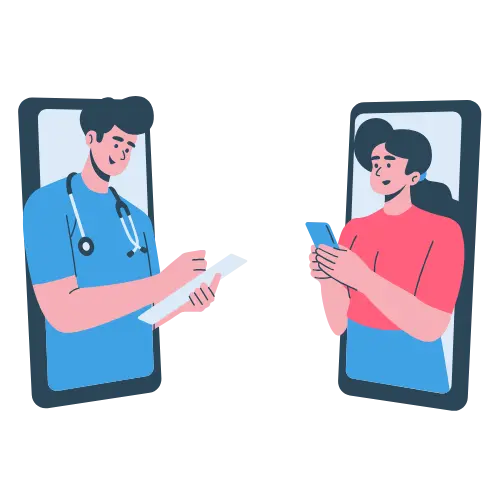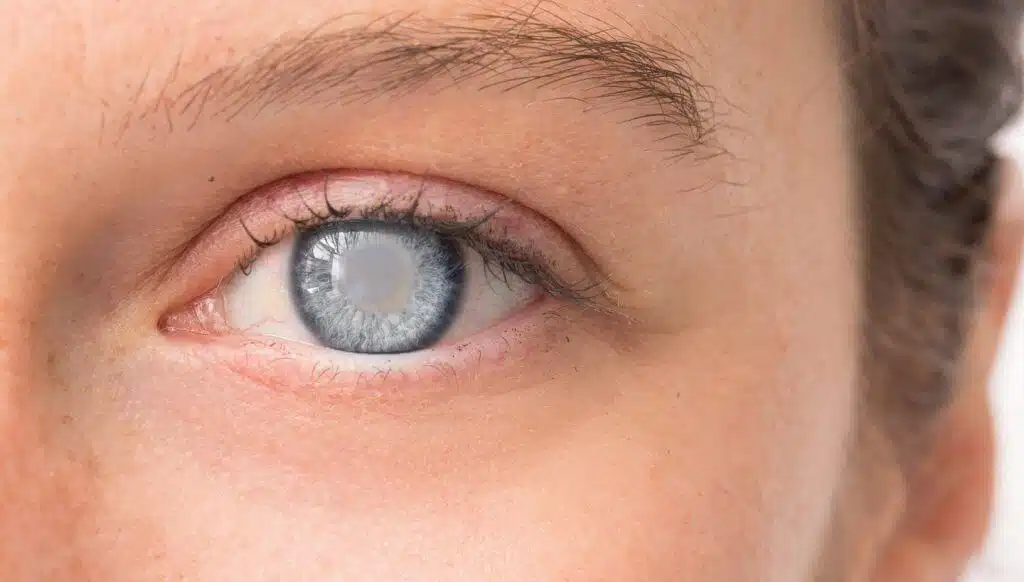What is glaucoma?
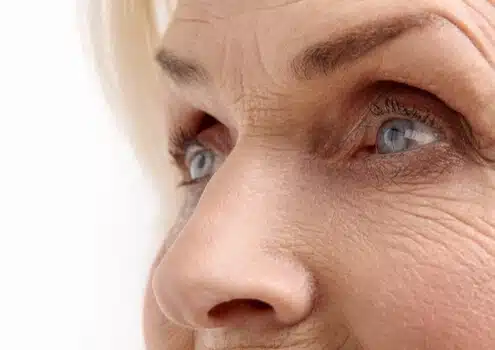
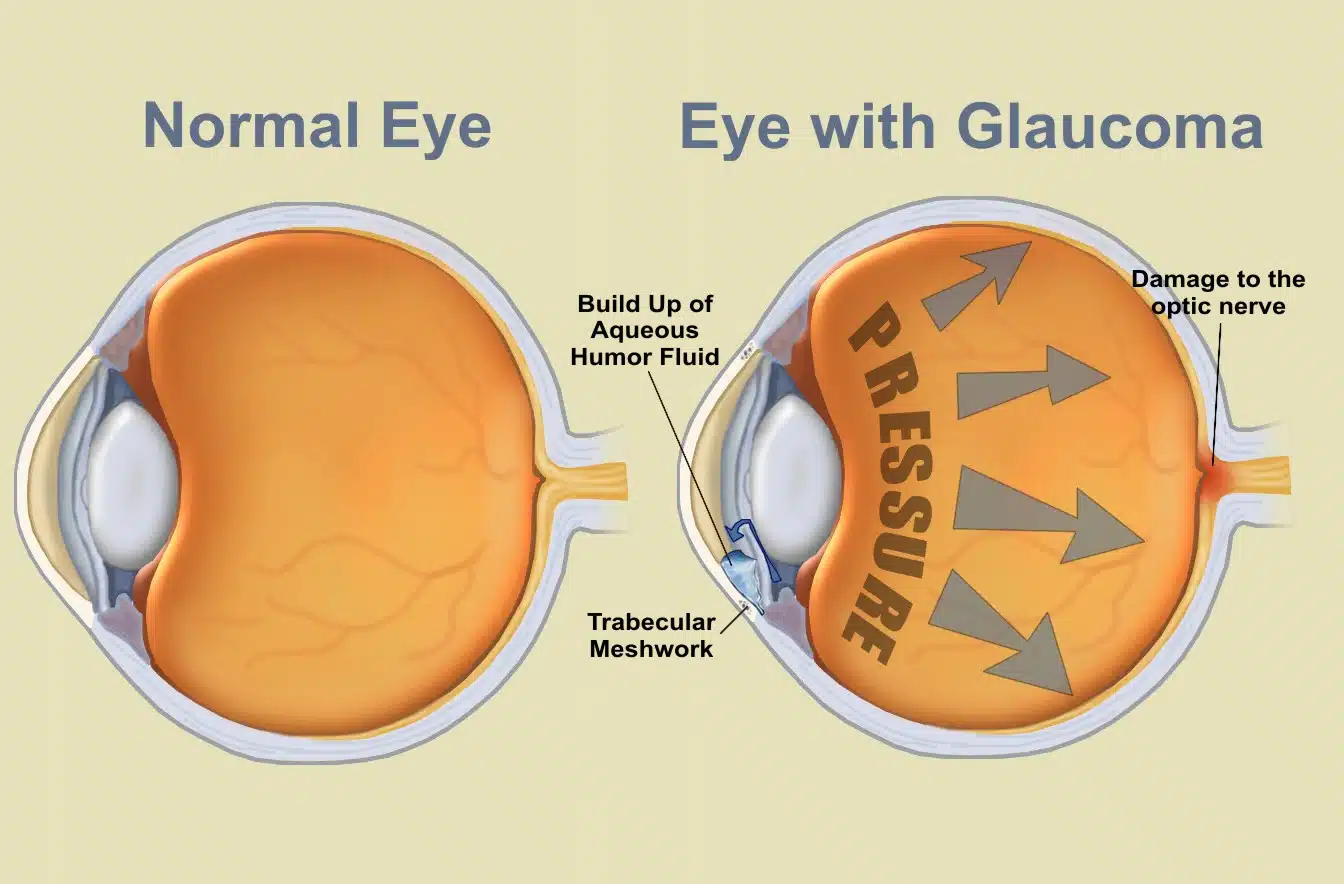
Glaucoma can be classified into two main groups:
- Angle-closure Glaucoma: This refers to situations when iris building narrows and blocks the drainage passage in the eyes.
- Open-angle Glaucoma: This is one of the most common types of Glaucoma, affecting between 70 to 90 percent of individuals. Open-angle Glaucoma happens when the trabecular meshwork is partially blocked and lead to the intraocular pressure.

How Glaucoma is diagnosed?
Testing Glaucoma is a painless and straightforward procedure. The test is often called as Tonometry, during which internal pressure of eyes is checked for alarming changes. Doctors may also test a patient’s eyesight and health of optic nerves for a more precise diagnosis.
Who is more vulnerable to the disease?
Glaucoma is more common in people who are over 40 years old. Some diseases, such as myopia and diabetes, can also increase the chance of developing Glaucoma in individuals. Normal-tension Glaucoma is more probable in people with cardiovascular diseases and low eye pressure. One way to avoid the Glaucoma is to have regular eye examinations, after mid-thirties.
What are the causes of Glaucoma ?
Glaucoma is the result of an intrinsic deterioration of the optic nerve leading to high fluid pressure in front of the eye. Typically, the ocular fluid flows through the eye through a lattice-like canal. If the canal is blocked, the fluid will accumulate in one place. The exact cause of the blockage is unknown, but doctors believe it can be inherited, meaning it is passed on from parents to children or the result of a past eye trauma. Less common causes include chemical damage to the eye, severe eye infection, blockage of the blood vessels within the eye, and inflammatory diseases; this is rare, but sometimes eye surgery can cause it. Glaucoma usually affects both eyes, but may be worse in one.
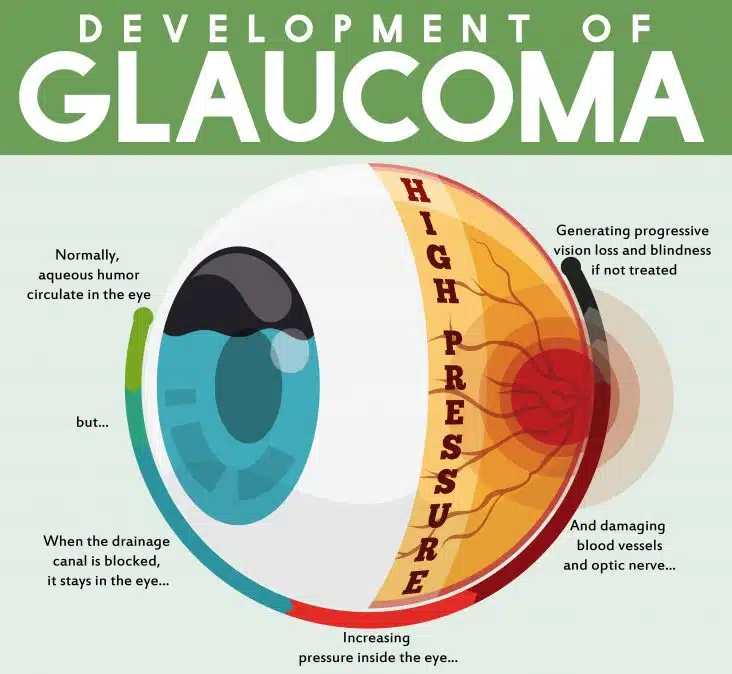

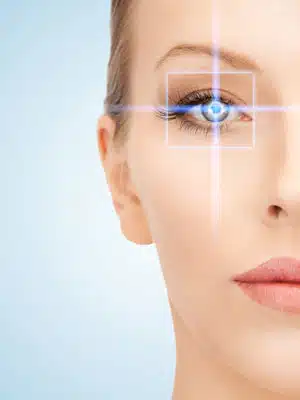
How is treated?
Glaucoma is an eye disease which occurs due to the accumulation of fluid in the eyeball. This fluid is responsible for nourishing and keeping the eye healthy. After discharge and circulation within the eyeball, the black water is discharged through the eye corner and the extracellular ducts, which are in the front of the eye.
-
Eye drops for glaucoma treatment
This eye drop reduces eye tears and improves eye discharge, thereby reducing eye pressure. Side effects may include allergies, redness, itching, dark eyes and irritated eyes. Some glaucoma medications may affect your heart and lungs. Make sure to tell your doctor about any other medications you are taking or have allergy to.
-
Laser surgery to treat glaucoma
- Laser Surgery: Laser surgery helps drain fluid from the eye. Although this method can be used at any time, it is usually used after drug therapy testing. In many cases, the patient should also take medication after laser surgery.
-
Glaucoma microsurgery treatment
- In glaucoma surgery, the goal is to create a new outlet for fluid in the eye. Although the ophthalmologist may decide to have surgery at any time, he usually does so after the failure of drug therapy and laser surgery. Surgery is performed at the clinic or hospital. Before surgery, the patient is given medicines to calm down and then the eye is anesthetized by topical anesthetic drops around it. The surgeon removes a small piece of white sclera, which creates a small channel for fluid to pass through the eye. Then the white part of the eye that is removed is covered with a thin, translucent layer of conjunctiva.
How to prevent Glaucoma?
The best way of preventing Glaucoma is following eye care tips and maintaining a healthy lifestyle. There is no known way of preventing this particular disease, but it appears to be correlated with lifestyle and general eye care tips. Glaucoma is a very tricky disease, and patients usually know about this disease when it has set its roots and has done its damages to vision nerves. Therefore, constant eye care examination can be one of the best ways of monitoring and preventing this disease in its early stages.
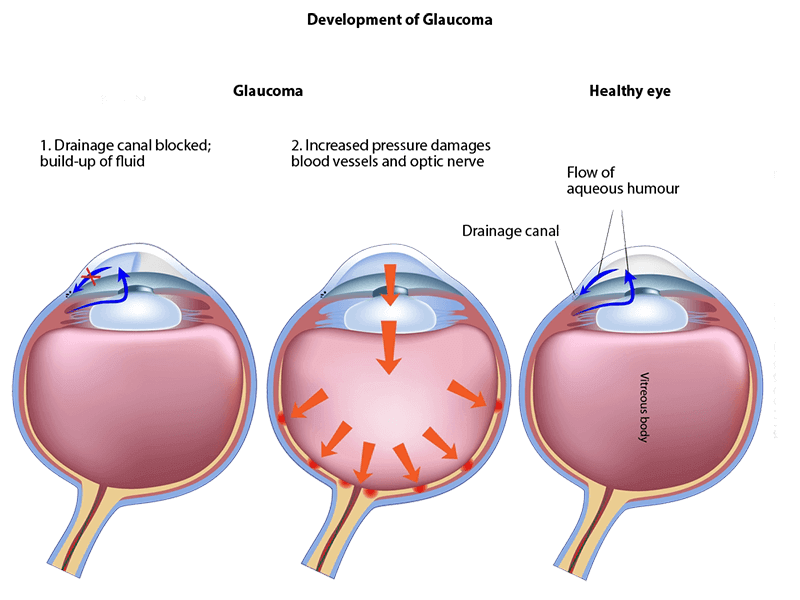
About TebMedTourism company
TebMedTourism Company is an International healthcare facilitator based in Tehran, Iran.
We start our professional activity in medical tourism industry regarding the profound capability of Iran in both healthcare & touristic fields.
We are ready with open arms to provide desirable services to our dear patients & guests from all over the world to enjoy world-class treatment quality and highly skilled doctors in Iran.
TebMedTourism company is cooperating with more than 40 internationally certified hospitals, 140 selected local hospitals, 300 specialized medical centers, 430 doctors, 112 hotels, domestic and international airlines in Tehran, Shiraz, Mashhad, Tabriz, Qom and other cities in Iran.
TebMedTourism team facilitates comprehensive medical & cosmetic packages in all medical & wellness & touristic fields aimed to achieve your desires.
TebMedTourism experienced team will make this procedure seamless and enjoyable from A to Z, so you will just focus on your recovery.

